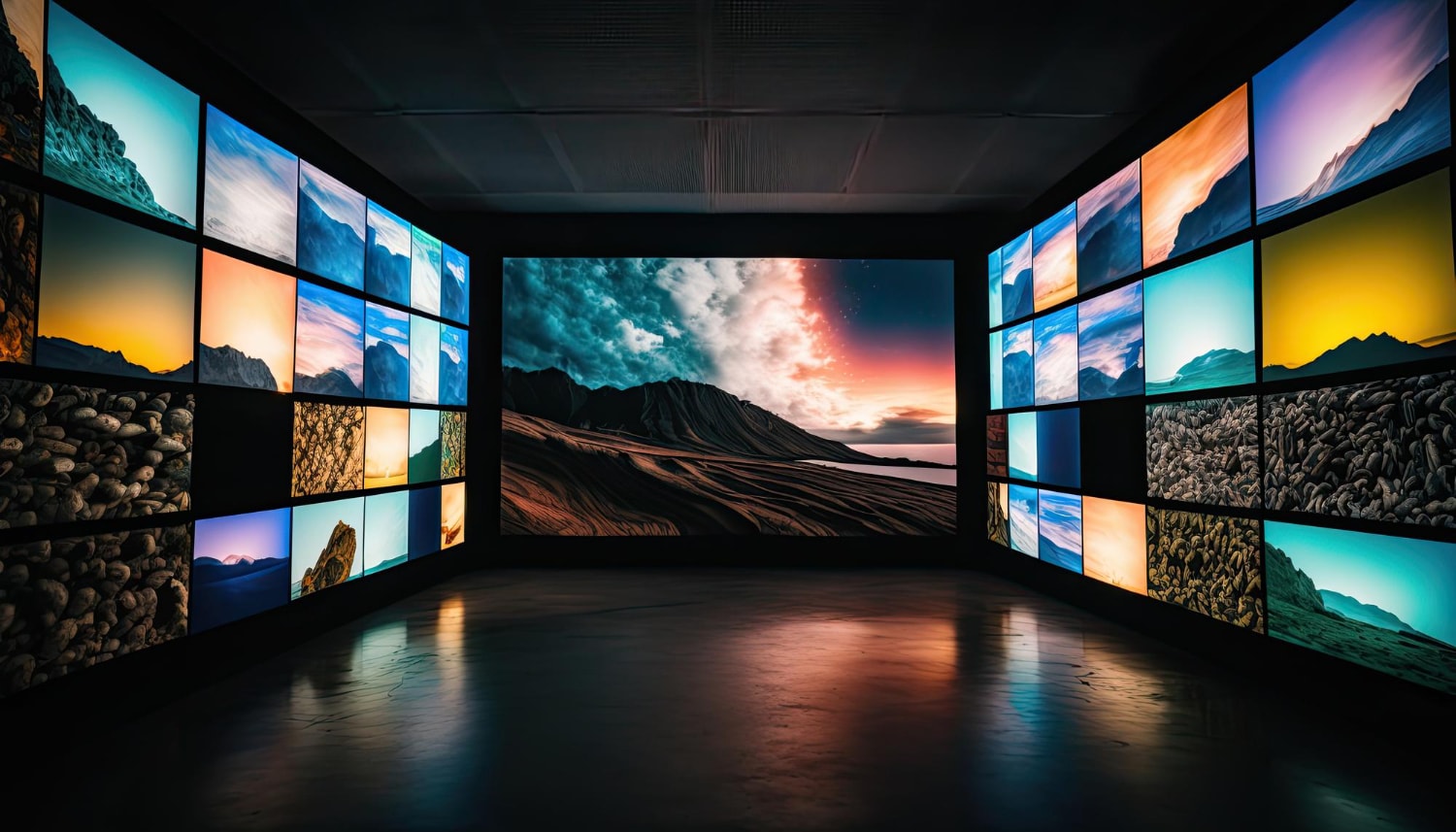Demystifying LED Panel Surface Brightness Metrics for Ideal Screen Performance
Demystifying LED Panel Surface Brightness Metrics for Ideal Screen Performance
Blog Article
LED panel screens are more and more favored in different environments, including residences and commercial spaces as well as communal areas. Such screens are known for their vivid as well as dynamic visuals, that render these suitable for conveying information, advertisements, and entertainment. Nevertheless, understanding the illumination levels for Light Emitting Diode wall screens remains crucial to ensuring optimal display performance. Illumination is quantified using metrics known as candelas, which indicate how much luminosity is emitted from a panel. The higher the number of nits, the brighter the display will be. For, example, a screen boasting one thousand candelas is significantly brighter than a featuring five hundred nits, making it more suitable in brightly lit settings.
When selecting a LED wall panel, one becomes crucial in take into account the environment where that the screen will be placed. For well-lit illumined spaces, like shopping malls or outdoor settings, a higher brightness level is necessary to ensure visibility. Conversely, within dimmer settings, like cinemas and meeting spaces, a lower brightness level may suffice. This is because excessive brightness in a dark environment can lead to discomfort for viewers, making it harder to focus on the display. Therefore, understanding the specific requirements of the installation location will aid with selecting a suitable illumination rate to ensure ideal visual experience.
A further led wall installation services important factor to consider is the contrast ratio of an Light Emitting Diode panel screen. This ratio ratio measures the difference between the brightest brightest white and the dark black which a screen is able to create. An higher contrast ratio means that the display is capable of present greater clarity and depth, which enhances overall visual clarity. For example, a panel with an differential proportion at 10,000:1 will show images featuring greater vivid colors and crisper features than one with a ratio at 1,000:1. This is particularly crucial in instances where showing images or videos which require high definition as well as detail, such as slideshows and advertising content.
Moreover, the mechanism behind Light Emitting Diode wall panels has an crucial role in the find more information illumination and overall performance. Various types of Light Emitting Diode methods, such as OLED as well as Liquid Crystal Display, possess unique characteristics which affect the way luminosity is perceived. OLED screens often offer better differential as well as deeper blacks, which can enhance a visual experience in darker settings. Conversely, traditional LED screens might be better in bright environments because of the ability for generate greater levels of illumination. Comprehending such tech-related differences can help consumers in deciding on knowledgeable choices based on specific specific needs.
In conclusion, regular maintenance as well as calibration of Light Emitting Diode wall panels may assist maintain ideal brightness as well as efficacy over time. Dust as well as particles can build up on the screen, affecting the illumination as well as clarity in a display. Regular washing and expert calibration can guarantee that the screen functions at top best, providing uniform image clarity. Moreover, some sophisticated LED wall screens come built-in integrated options which enable users for modify brightness settings as well as color adjustments according to their wants. Through taking such steps, users will ensure the their LED panel screens deliver an best visual performance, regardless of where environment where which these are used.